History
The Democratic Party Realignment That Empowered Trump
In the end, America’s verdict was delivered quicker than many observers had expected. The electorate's swing towards Donald Trump and the GOP may well have been an immediate result of lingering unhappiness with post-pandemic iNFLation and public disinterest in the Biden administration’s efforts to restructure the United States economy. Many Democratic voters, however, likely woke up on Nov. 6 asking why their party failed to consolidate 2020’s anti-GOP coalition. The answer may have less to do with Trump and more about an internal party transformation that started decades ago.
Since the late-1960s, the Democratic Party—and American liberalism writ large—has been realigned around appeals to white-collar, highly-educated, often more affluent Americans who tend to live in metropolitan regions of the U.S. Typically, these “professional-class” Americans work in knowledge economy sectors such as finance, tech, and management consulting. The consequences of this pivot are clearly on display today as Democrats have evidently lost ground among non-college-educated voters and initial exit poll data show Trump has won an astounding 45% of Latino voters.
Postwar affluence and a Cold War-fueled growth of tech laid foundations for the knowledge economy’s rise. So too did the expansion of higher education. By the 1970s, a generation of college-educated young liberals became active in “New Politics.” This was characterized by opposition to the war in Vietnam—which was vehemently supported by labor leaders in the Democratic Party—and skepticism about the liberal state’s bureaucratic sprawl and seeming lack of democratic transparency. As students, many of these “New Politics” activists supported the 1968 presidential campaigns of Eugene McCarthy or Robert F. Kennedy. As young lawyers, tech workers, and educators, they formed the bedrock of support for antiwar senator George McGovern’s 1972 campaign.
Read More: The Democrats' Problem
Burgeoning professional-class liberals tended to be socially progressive and highly concerned with “quality of life” issues such as environmental protection and consumer rights. These currents were channeled into “public interest”-style activism, which critiqued postwar liberal government and labor unions from a left-liberal perspective. (Skepticism about the postwar liberal state, in other words, was not confined to the anti-government Right.)
But professional-class liberals truly coalesced amid a Watergate-era crisis of public faith in government. A new generation of liberal leaders was elected to office in 1974 as “Watergate Babies.” This included Gary Hart, Timothy Wirth, and Paul Tsongas. The Watergate Babies pursued institutional reform of Congress as part of a broader project to erode the power of labor-dominated Democratic machine Politics.
From Watergate Babies, these liberal reformers grew up to become “Atari Democrats” who focused on the transition from a “traditional” economy—such as steel and automaking—to a high-tech economic future. Contrary to what their critics claim today, these Atari or “New” Democrats neither rejected activist government nor imitated Reagan-style movement conservatism. In fact, their defining, if unrealized, goal from the 1980s to early-1990s was an industrial policy that prefigured President Joe Biden’s agenda.
But liberal reformers deliberately effectuated their party’s professional-class realignment in two ways. First, they pursued a re-composition of party elites. They filled the ranks of Democratic Party personnel, both staffers and elected officials, with professional-class meritocrats. They recruited campaign staffers and pollsters who used the late-20th-century revolution in communications technologies to turn politics into a highly-specialized profession. And, in an era of deregulated political funding, they built high-level relationships with donors in tech, finance, and real estate. This re-composition of elites in turn produced a policy shift in the 1990s: President Bill Clinton privileged deficit reduction and finance-friendly deregulation at the expense of industrial policy-style investments in public infrastructure and high-tech jobs.
Second, liberal reformers adopted an electoral theory that the path to durable majorities ran through middle-class suburbs. Democratic strategists paid less attention to rural and exurban working-class voters and turned more of their attention to securing votes in suburban areas. This included highly affluent areas—such as Boston’s Route 128 suburbs and Chicago’s North Shore—and more squarely middle-class ones, such as Parma, Ohio, and Fremont, Calif. Since 1972, higher-income voters across all economic sectors steadily increased their support for Democrats. By 2000, a majority of top earners in human services and tech were voting blue. “Suburbia,” one California congressman told the Boston Globe during the 1988 election, “is where the battle will be fought well into the next century.”
Contrary to popular left-wing narratives, Democrats’ suburban realignment did not mean the party abandoned all of its priorities. Overall, in the last three decades, the federal government has grown more, not less, redistributive. Through Medicaid expansion, Barack Obama’s healthcare reform produced the grandest expansion of the American welfare state since the Great Society.
But Democrats gradually lost their old coalition as they pursued professional-class voters. The populist revolt of 2016 seemed to offer a crushing rebuttal of this strategy. Despite Chuck Schumer’s boast that “For every blue-collar Democrat we lose in western Pennsylvania, we will pick up two moderate Republicans in the suburbs in Philadelphia,” Pennsylvania voted for the GOP’s presidential nominee for the first time since 1988.
Post-2016 political developments paint a complicated picture for the future. Democrats’ suburban strategy led to a “Blue Tsunami” in 2018, a narrow victory in 2020, and atypically strong 2022 midterms. For a time, the most successful electoral mobilization of the post-2016 era was among solidly middle-class suburban women voting Democrat. And recent research suggests Democrats’ increasingly affluent voters nevertheless strongly favor more expansively redistributive social policies. And yet, Democrats continue to hemorrhage white working-class support, especially in rural and exurban areas even though President Biden has actively courted labor and invested in manufacturing jobs. In the aftermath of the 2024 election, the party’s electoral coalition of metropolitan professionals and multiracial working class seems more precarious than ever.
Read More: Kamala Harris Can Win by Embracing the Biden-Harris Record
Liberal reformers of the 1970s-1990s came to power amid the fragmentation of a New Deal coalition that had held firm for four decades. They replaced it with a new coalition that, even when it secures majorities, is profoundly fragile—and one that makes electoral outcomes difficult to predict.

Enacting better policies in the long-term requires a truly durable majority. Throughout the history of U.S. politics, building such majorities has required not only better policies but an electoral strategy that reliably attracts support from a broad and deep cross-section of American society. If Democrats want such a majority, they must craft smarter politics that can once again appeal to a broader social base.
Henry M. J. Tonks is a Ph.D. candidate in History at Boston University, where his research focuses on the Democratic Party from the 1970s to the 1990s,
Made by History takes readers beyond the headlines with articles written and edited by professional historians. Learn more about Made by History at TIME here. Opinions expressed do not necessarily reflect the views of TIME editors.
-

 History1d ago
History1d agoHow Celebrities Changed America’s Postpartum Depression Narrative
-

 History2d ago
History2d agoThe Woman Whose Crusade Gave Today’s Book-Banning Moms a Blueprint
-
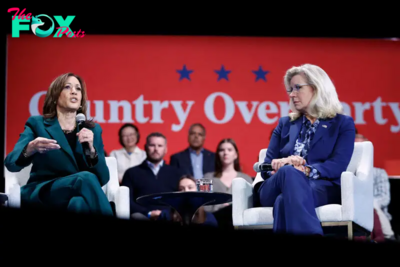
 History1w ago
History1w agoWhy People Should Stop Comparing the U.S. to Weimar Germany
-
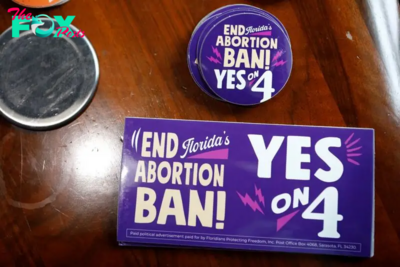
 History1w ago
History1w agoFlorida’s History Shows That Crossing Voters on Abortion Has Consequences
-

 History1w ago
History1w agoThe 1994 Campaign that Anticipated Trump’s Immigration Stance
-
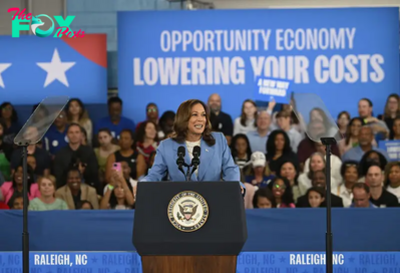
 History1w ago
History1w agoThe Kamala Harris ‘Opportunity Agenda for Black Men’ Might Be Good Politics, But History Reveals It Has Flaws
-
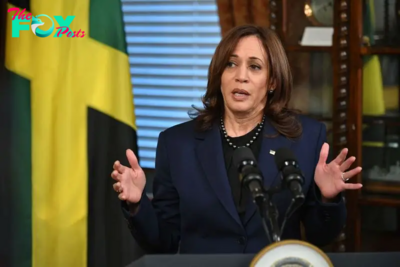
 History2w ago
History2w agoLegacies of Slavery Across the Americas Still Shape Our Politics
-
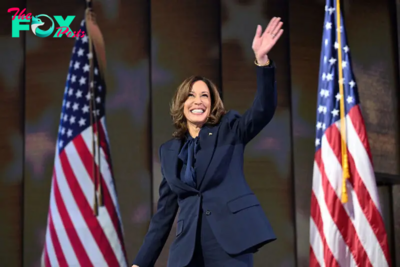
 History2w ago
History2w agoKamala Harris Is Dressing for the Presidency

















